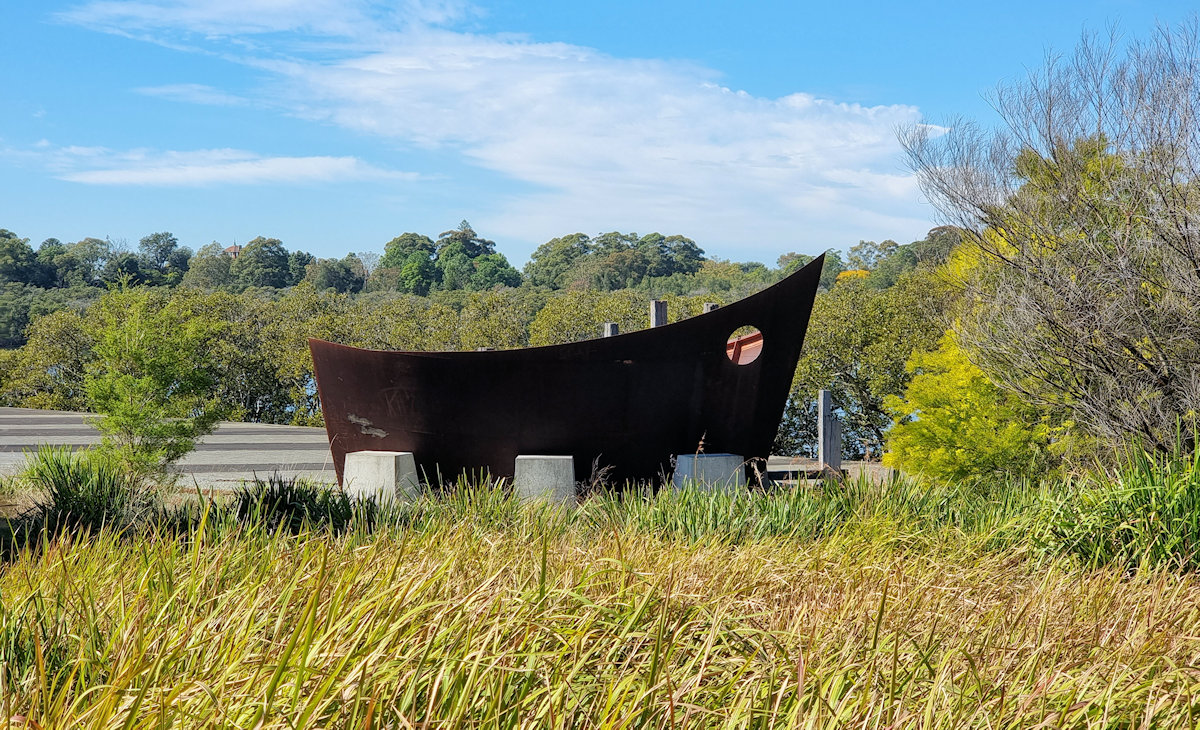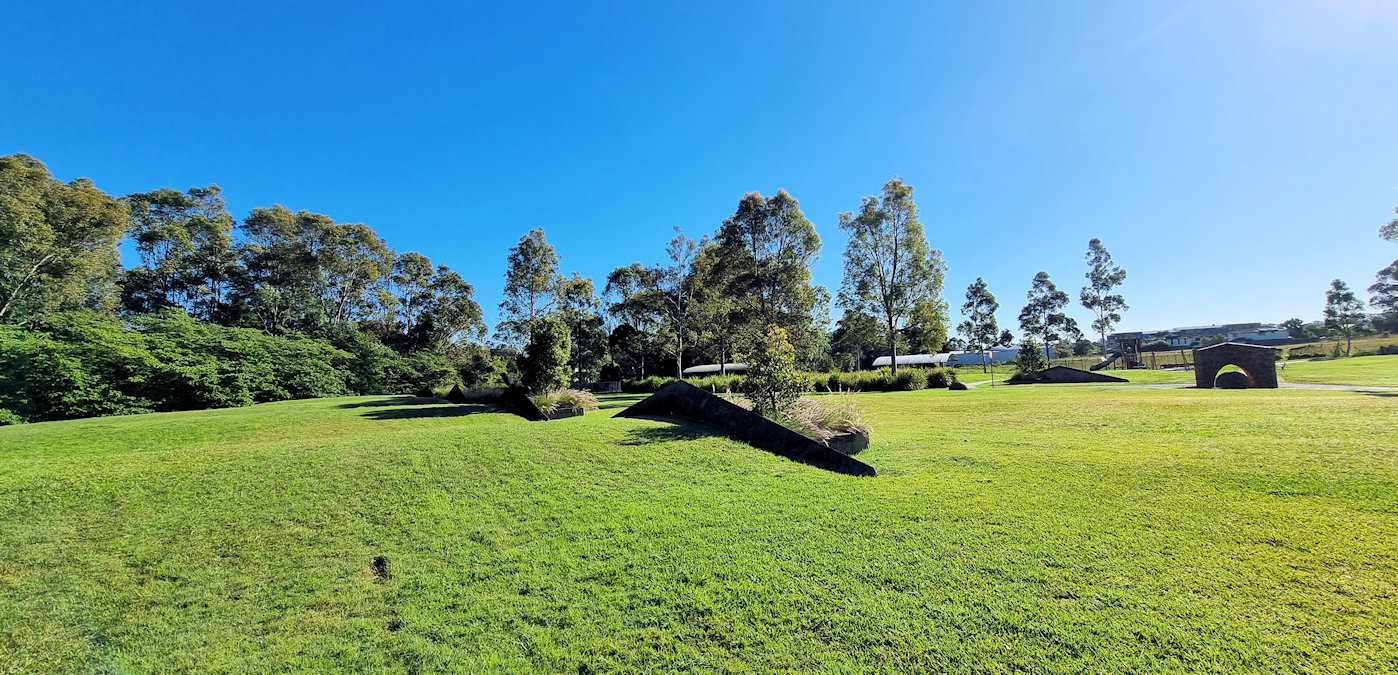Category: Memorial
-
Brays Bay Ship-Building Memorial

Brays Bay Ship-Building Memorial Located adjacent to the Kokoda Track Memorial Pathway, the Brays Bay Ship-Building Memorial is a tribute to the ship building that operated here from 1939 to 1945. Representing a ship a sculpture sits next to the entrance walkway which has ships’ names etched into it. Operated by Tulloch, the shipyard built… Read more
-
Manly to North Head Walk
Manly to North Head Walk The walk from Manly to North Head takes you past some beautiful beaches with views over the coast, through coastal scrub and passes old fortifications. Finally ending at the entrance to Sydney Harbour, it has spectacular views of the city. Getting There The easiest way to get to Manly is… Read more
-
Wallsend Brickworks Park

Wallsend Brickworks Park Wallsend Brickworks Park is a public park in Wallsend, Newcastle Australia, located at the site of a historic brickmaking operation which ran from 1891 to 1977. Featuring a playground, picnic shelters, barbecues, a pond with birdlife, and remnants of the brickworks’ machinery, it’s a great family destination. The park is also part… Read more